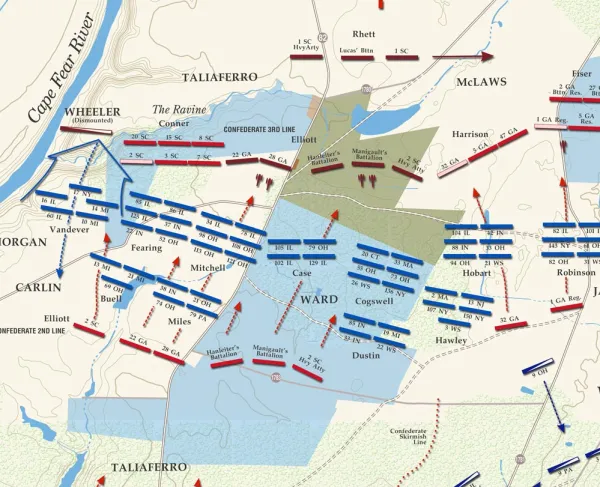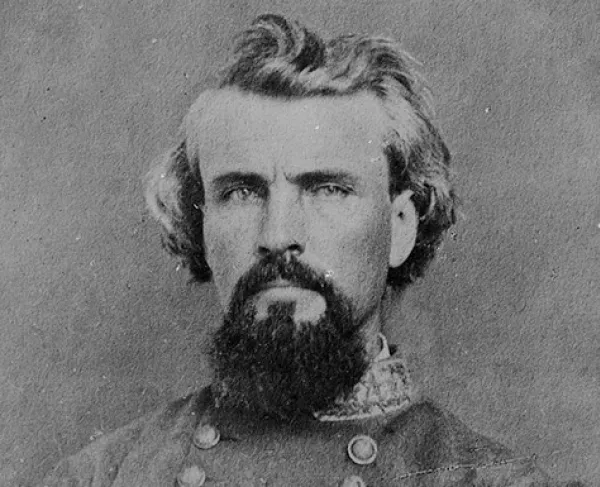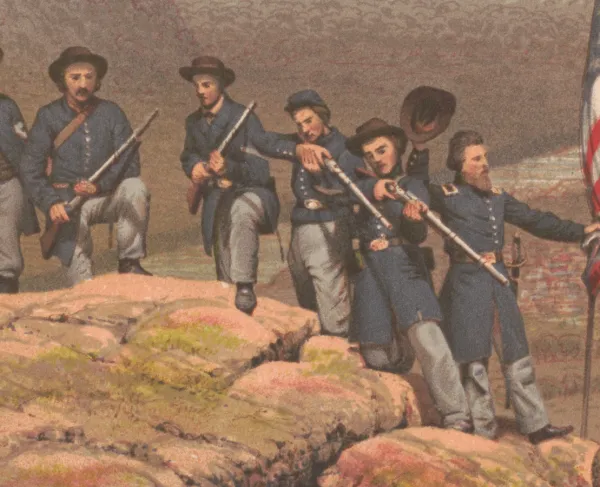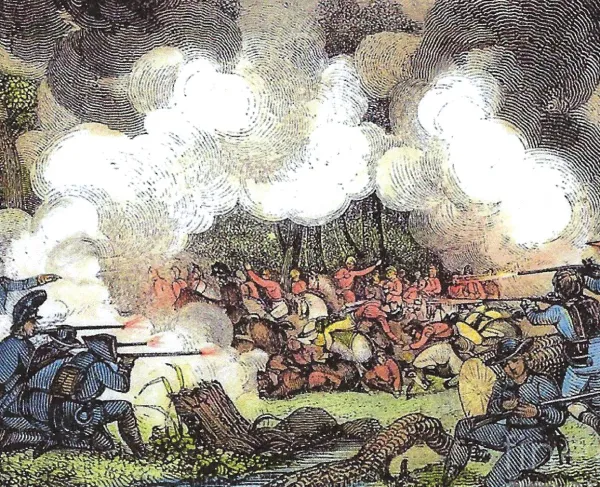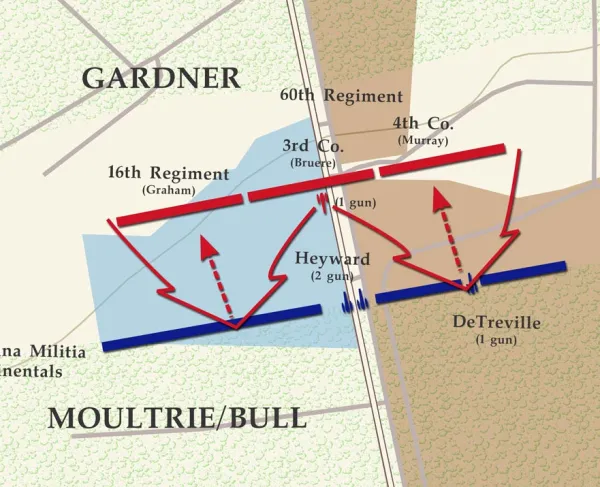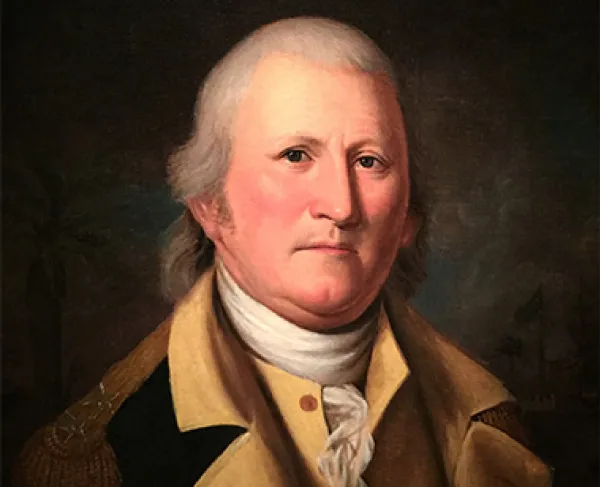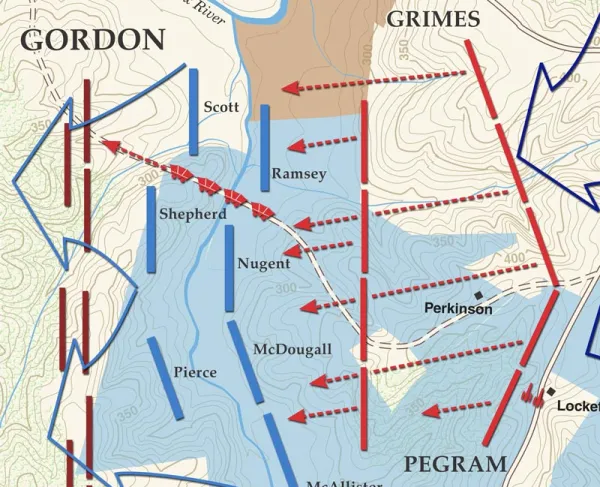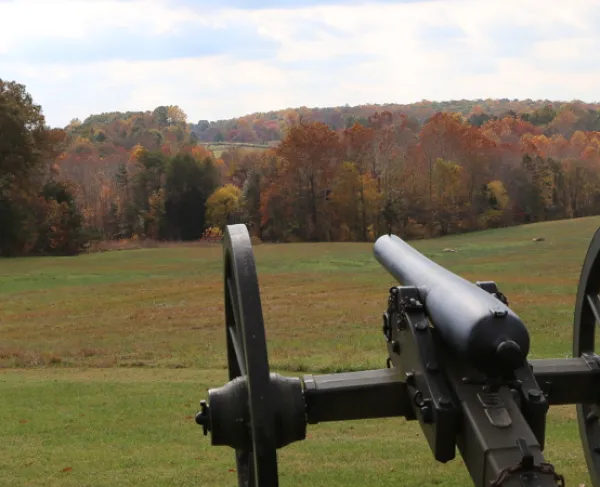Celebrate Victory Week 2021 with us!
Celebrating 633 Acres Saved across Ten Battlefields!
When the American Battlefield Trust announces “victory,” the term encompasses a series of actions that were taken to save sacred battlefield acreage. From the research underwent to identify the particular historic actions that took place on the land at hand, to the determination of legal underpinnings and negotiations with landowners, to consultation with local groups and decision-makers, to the efforts made to find funding partners and gather support from other pivotal donors, the organization is thorough and attentive throughout each step in the process.
During its first-ever Victory Week, the Trust not only seeks to share the detailed “victory” process with its members — the organization is also thrilled to share a diverse round-up of recent preservation victories. Looking across ten battlefields in six states, the announcement speaks to roughly 633 acres saved by the nation’s premier battlefield land preservation organization. This mighty acreage represents two Revolutionary War battlefields, three Virginia battlefields from the Civil War’s Eastern Theater, and five battlefields from the Civil War’s Western Theater.
On the afternoon of March 15, 1865 Union cavalry came up against Confederate Lt. Gen. William Hardee’s corps deployed near Smithville. The Union troops withdrew to wait for support, which arrived during the night. At dawn, the Federals advanced toward the Confederates, but were stopped by the main Confederate line. Mid-morning, the Federals renewed their advance with strong reinforcements and drove the Confederates from two lines of works, but were repulsed at a third line. As additional Union forces arrived, the Confederate troops began to withdraw. This battle was the prelude to the climactic Battle of Bentonville, three days later.
Teaming up with the American Battlefield Protection Program and the North Carolina Land and Water Fund, the Trust acquired two separate parcels, totaling nearly 49 acres, at the Averasboro Battlefield in late March 2021. In doing so, we’ve fended off another round of residential and commercial development that continues to threaten the storied site. The Trust will soon transfer the property to the Averasboro Battlefield Commission. The Trust has now saved 520 acres at Averasboro.
Explore Averasboro
Averasboro
Averasboro | Mar 16, 1865
Averasboro Battlefield
In early June 1864, Confederate Maj. Gen. Nathan Bedford Forrest and some 2,000 troopers set out to destroy the Nashville & Chattanooga Railroad, which carried men and supplies toward the campaigns in Georgia. On June 10, Forrest defeated a much larger Union column at Brices Cross Roads, a long-odds victory that cemented his fierce reputation.
In November 2020, the Trust closed on 41 acres in the core area of the Brices Cross Roads Battlefield, moving ever closer to the completion of the Mississippi site. The transaction was made possible by a grant from the American Battlefield Protection Program coupled with a landowner donation. Eventually, this land will be donated to the Brices Cross Roads National Battlefield Commission. The Trust has now saved 1,500 acres at Brices Cross Roads.
Explore Brice's Cross Roads
Brice's Cross Roads
Brice's Cross Roads | June 10, 1864
Nathan Bedford Forrest
In the fall of 1864, Union Maj. Gen. Philip Sheridan marched up the fertile Shenandoah Valley, stripping the country bare to starve out the Confederate forces in Virginia. By mid-October, the exhausted Confederates were outnumbered two to one, but after an audacious night march, they surprised Union troops near Cedar Creek. Ultimately, a crushing Union rally extinguished Southern hopes in the valley.
In February 2020, in partnership with the National Park Service, the Trust closed on 12.6 acres associated with the morning phase of fighting at Cedar Creek. This land will be transferred to the National Park Service. The Trust has now saved a total of 727 acres at Cedar Creek.
Explore Cedar Creek
10 Facts: Cedar Creek
Cedar Creek | Oct 19, 1864 | 5:30 - 6:30 am
Cedar Creek Virtual Tour
After Maj. Gen. Ulysses S. Grant received command of the Western armies, the Federals began offensive operations to open a supply line to besieged Chattanooga. On November 23–24, Union forces captured Orchard Knob and Lookout Mountain; the next day, they assaulted and carried the seemingly impregnable Missionary Ridge. One of the Confederacy’s two major armies was routed, and the Union held the “Gateway to the Lower South.”
In June 2020, the Trust saved .55 acres at Chattanooga, a location that witnessed the Union assault sweep across and move upward toward the slopes of Tunnel Hill. Among the men of the 37th Ohio involved in the assault was 17-year-old musician John S. Kountz, who went on to receive the Medal of Honor for his actions at Missionary Ridge and later became the first historian at the Vicksburg National Military Park. The Trust anticipates one day transferring this land to Chickamauga & Chattanooga National Military Park, following a minor adjustment to the park’s boundary. The Trust has now protected a total of 120 acres at Chattanooga.
Explore Chattanooga
Chattanooga
Chattanooga | Fight for Tunnel Hill | Nov 25, 1863
The Battles of Chattanooga
On December 31, 1862, Union brigades attempted to cut off Brig. Gen. Nathan Bedford Forrest’s withdrawal from West Tennessee at Parker’s Cross Roads. Despite Union determination and reinforcements surprising the Confederate rear, Forrest’s men held the upper hand throughout most of the battle. Repelling Union forces, the Confederates ultimately made their way across the Tennessee River.
In July 2020, The Trust closed on 0.65 acres at Parker’s Cross Roads, a project made possible throughthe support of the American Battlefield Protection Program and a grant from the Tennessee Civil War Sites Preservation Fund, administered by the Tennessee Historical Commission. The acquisition of the property brings the total Trust-saved land at Parker’s Cross Roads to 369 acres. The Trust will steward this property until its transfer to the State of Tennessee.
Explore Parker's Cross Roads
The Battle of Parker's Cross Roads: Then & Now
Parker's Cross Roads
Parker’s Cross Roads | Dec 31, 1862
Just 33 miles west of Charleston, Parker’s Ferry was a major thoroughfare crossing the Pon Pon River. As British and Loyalist troops harassed Patriot militia throughout the South Carolina Lowcountry in the summer of 1781, Maj. Gen. Nathanael Greene dispatched the “Swamp Fox,” Brig. Gen. Francis Marion, to assist the pestered militia. Learning that a Loyalist force of 100 troops was at the Pon Pon River to join a larger force of Loyalist, British and German troops, Marion used the natural landscape leading to Parker’s Ferry as a veil to cover his 445 troops. They utilized guerilla warfare tactics as they went up against the more than 600 opposing troops on August 30, 1781 — strategy that resulted in a thrilling Patriot victory.
In January 2021, the Trust worked with the South Carolina Conservation Bank and South Carolina Battleground Preservation Trust (SCBPT) to supply a grant to the SCBPT for the acquisition of 31 acres at Parker’s Ferry. The Trust’s first preservation success at Parker’s Ferry, this acreage also represents the most significant portions of the battlefield and will serve as a stop along The Liberty Trail.
Explore Parker's Ferry
Parker's Ferry
Parker's Ferry | Aug 30, 1781
Parker's Ferry Battlefield
After capturing Savannah, the British turned north. On February 3, 1779, 200 British regulars were sent to seize strategic Port Royal Island, but were met by Brig. Gen. William Moultrie’s Patriot forces. The battle came to an impasse, with neither side able to gain the upper hand. Facing a dwindling supply of ammunition, the British withdrew. Aside from its standing as a Patriot victory, the battle is also fascinating for its representing an array of participants within Moultrie’s forces — from two signers of the Declaration of Independence to the company of “Free Citizens” that consisted primarily of Jewish militiamen from Charleston to Black troops, including Jim Capers who would furthermore go on to prove his extreme grit at the Battle of Eutaw Springs.
In December 2020, the Trust partnered with the South Carolina Battleground Preservation Trust, the South Carolina Conservation Bank, Beaufort County, Marine Corps Air Station Beaufort and a generous landowner for the acquisition of 12 acres at this Palmetto State site. The location of the right flank of the British line and left flank of the American line, this acreage accounts for the Trust’s first preservation victory at Port Royal Island.
Port Royal Island
Port Royal Island | Feb 3, 1779
William Moultrie
On April 6, 1865, prior to Gen. Robert E. Lee’s surrender at Appomattox, the Confederates suffered a crushing defeat at Sailor’s Creek. In three separate actions, Union troops overwhelmed three corps of Confederates, capturing 7,700 men and depriving Lee of roughly one-fourth of his army. To Jefferson Davis, Lee wrote, "a few more Sailor's Creeks and it will all be over." Lee’s surrender came only three days later.
In November 2019, 432 acres at Sailor’s Creek was saved with a conservation easement. This key land is part of the 1,318 acres that the Trust has protected at Sailor’s Creek.
Explore Sailor's Creek
Sailor's Creek
Sailor’s Creek | Lockett Farm | Apr 6, 1865
Sailor's Creek Virtual Tour
The Battle of Wilson’s Creek was fought on August 10, 1861, just a few weeks after the First Battle of Manassas, albeit 1,000 miles away in the Trans-Mississippi Theater. This Confederate victory buoyed Southern sympathizers in Missouri, serving as a springboard for a bold thrust northward and a rump convention to pass an ordinance of secession.
In March 2019, the Trust worked with the Wilson’s Creek Battlefield Foundation to acquire six acres that were immediately transferred to the Wilson’s Creek National Battlefield. According to the late Ed Bearss, several Confederate and Missouri State Guard units moved through this tract to attack the Union right flank on Bloody Hill. The Trust has now protected a total of 278 acres at Wilson’s Creek.
Explore Wilson’s Creek
Wilson's Creek
Wilson's Creek | Aug 10, 1861
Wilson's Creek Virtual Tour
Intending to cut Lee’s communications with Maj. Gen. George Pickett at Five Forks, Maj. Gen. Gouverneur Warren directed his corps against the Confederate entrenchments along White Oak Road on March 31, 1865. Victorious, Warren’s forces set the stage for a Confederate defeat at Five Forks the next day.
In August 2020, the Trust, along with the National Park Service, secured 48.42 acres that figured prominently in the initial phases of the fighting on March 31, 1865. This land once found itself the scene of both a Confederate retreat and advance, as well as severe combat involving a division of the Union’s V Corps. This property will be stewarded by the Trust until transfer to the National Park Service. The Trust has preserved 951 acres at White Oak Road.

